Into the Wild, Through the Lens by Allison Young
Arnaud Teicher went to the woods. He spent five years studying graphic design in the bustling city of Paris, but in order to “live deliberately” and leave the stresses of everyday, the twenty-seven year old turned to his traditional analog camera and to the natural world. His black and white Portrait 1 series quietly, yet aptly, demonstrates the meditative tranquility that couldn’t be found in Paris, but perhaps the same state of mind that transcendentalists – like Henry David Thoreau at Walden – might have experienced.
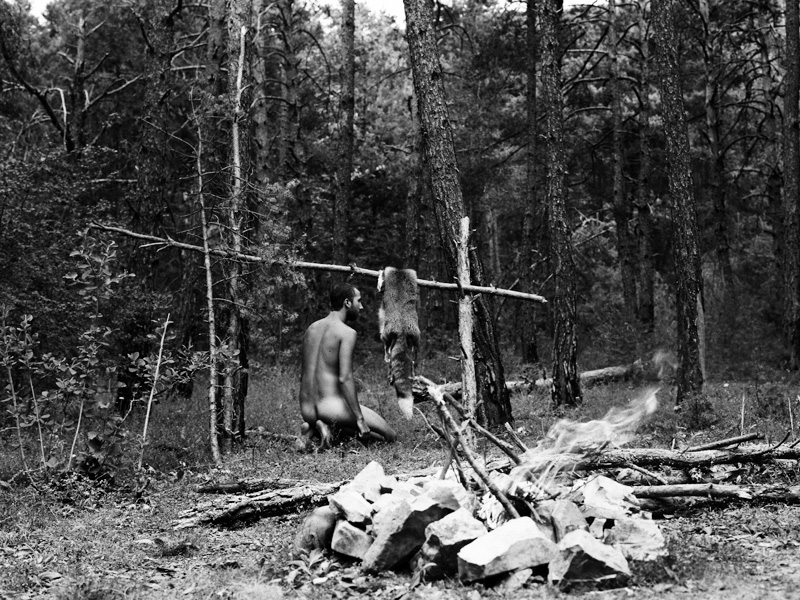
Arnaud Teicher relies on literature in addition to nature to inform and enhance his photography. With texture, contrasting darks and lights, and repetition Teicher’s his images are inspired by writers such as Thoreau, Jon Krakauer, and Rick Bass. These elements sharpen and magnify the spirituality that comes from returning to a silent, contemplative state, experienced by entering the forest.
The series begins with a striking image of a fox’s pelt draped over the face of a male figure. The figure is centered and the image is made up of contrasting lights and textures juxtaposed to play off of each other sharply but harmoniously. The black fur of the fox’s legs just brushes over the fair skinned shoulders of the figure. The verticality of the figure’s arms and the fox’s legs is echoed in the verticality of the tree trunks in the blurred background of the forest. The trees, white and dizzyingly out of focus, loom out of the darkened forest beyond. The pristinely sharp focus of the focal point suggests stillness, perhaps in meditation, juxtaposed with the blurred, shivering trees.
But the most startling contrast is perhaps the most obvious: the face of a wild animal on the shoulders of a man. A metamorphosis is taking place. The fox seems to swallow the figure. Despite the contrasts of Teicher’s technique, one cannot help but notice the melding together of man and beast, a return to the wild.
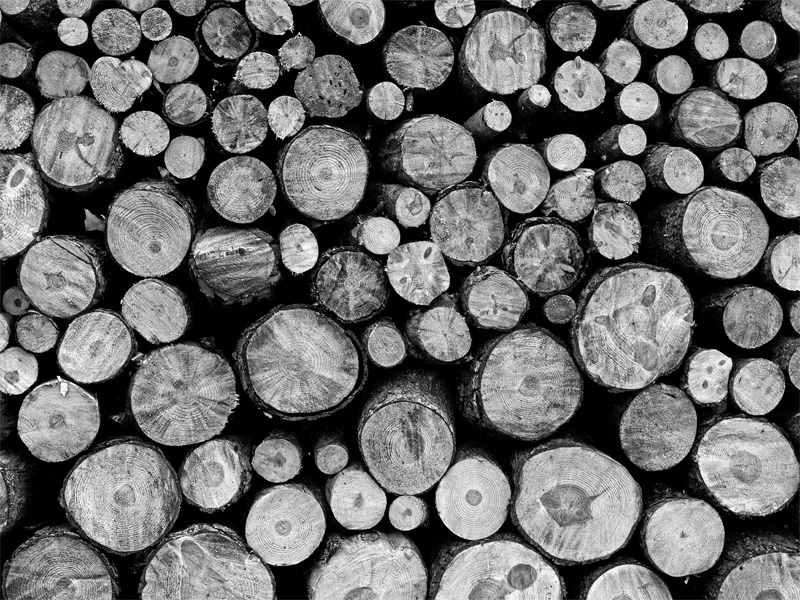
The transformation continues with the photograph of the figure running down what looks like the road less traveled, his back to the viewer. The fox pelt hangs off his back, covering much of his upper body in fur and the camera catches his arms out-stretched and the figure in mid-stride. He looks small on the forest path that is lined by evergreen trees. They tower over him, engulfing most of the photograph. In the same way as a writer, Teicher assigns symbolism to the subject matter. The figure is more consumed, more in step with the rich textures of the trees, the fur, and with the wild. The metamorphosis is a spiritual one, and man – just as his possessions – can be steadily swallowed up by the natural world when letting go and embracing its meditative qualities.
The male figure appears throughout the series and in a recurring state of abandoning the man-made and in embracing the natural world. Teicher’s photograph of an old, broken down van in a pasture seems to be an ode to nature’s insatiable appetite and ability to swallow up and grow over the man-made elements – including human life – as well as a nod to Chris McCandless’s Magic Bus in Krakauer’s Into the Wild. “Literature is important to my work,” says Teicher. “[It is] a source of questions for me, dreams and contemplation.” Though there aren’t literal vines wrapping around the van, Teicher allows careful composition to foreshadow the inevitable fate of the sedentary vehicle. Centered in the composition, the van is surrounded by the varying shades of the land – the grass growing up around the bumper, growing over any evidence of tire tracks, and the mountains in the background towering over the tired looking machine. A tree behind the van appears to grow right out of the roof of the vehicle. “I ask myself about human’s place in nature and the way they evolve through time, while trying to capture the beauty of it.” This includes the power of the wilderness on the human body and mind.
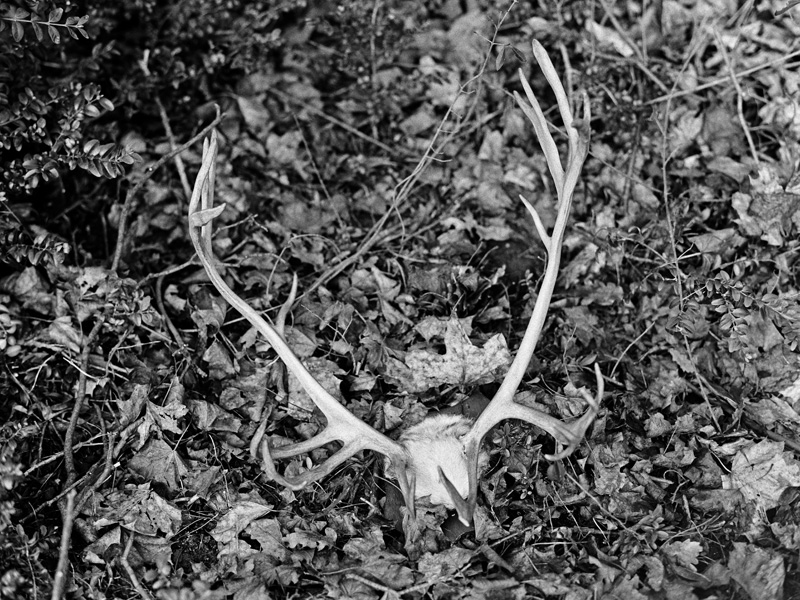
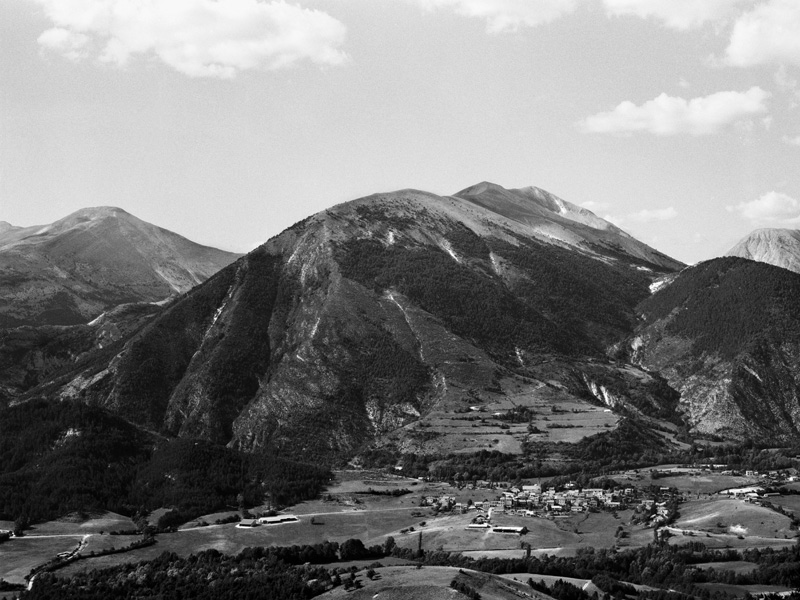

Even in the figure’s nudity, Teicher suggests a return to the elements. In the same way that the photograph of the fox over his face conveys a spiritual transformation, the photograph of the figure kneeling before the fox skin conveys the sanctity of the wilderness. The fire in the foreground leans in the wind and suggests something ceremonial, even ancient or other-worldly. Through literature and photography, Teicher can “think and ask questions about the relationship between man and the environment, the isolation, and [I can] imagine going away…alone and in a fairly primitive way. [In nature I] feel things in a stronger way.” Teicher seems to return to literary devices, using the male figure to personify the spirit’s contemplation and transcendence in the wilderness, the completion of the metamorphosis.




 Though Teicher is influenced by such works as photographer Laura McPhee’s River of No Return, it is writing that holds the strongest impact on his own photography. “On reflection, I look more toward literature,” Teicher says. His work is a meditation on the natural world, man’s role within it, but also a meditation on the writings and writers who have sought refuge in the forest. Arnaud Teicher has carried on a conversation with those writers he works from. His photographic image has become a means to interpret the writing and from one medium to the next – the written word to the image – translates the writings for new eyes, new minds, and new spirits.
Though Teicher is influenced by such works as photographer Laura McPhee’s River of No Return, it is writing that holds the strongest impact on his own photography. “On reflection, I look more toward literature,” Teicher says. His work is a meditation on the natural world, man’s role within it, but also a meditation on the writings and writers who have sought refuge in the forest. Arnaud Teicher has carried on a conversation with those writers he works from. His photographic image has become a means to interpret the writing and from one medium to the next – the written word to the image – translates the writings for new eyes, new minds, and new spirits.
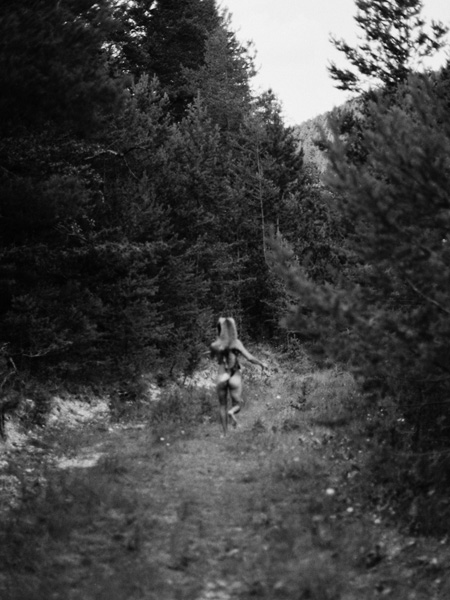
See more of Arnaud Teicher on his Website
Allison Young is a writer and art historian working in Charleston South Carolina.